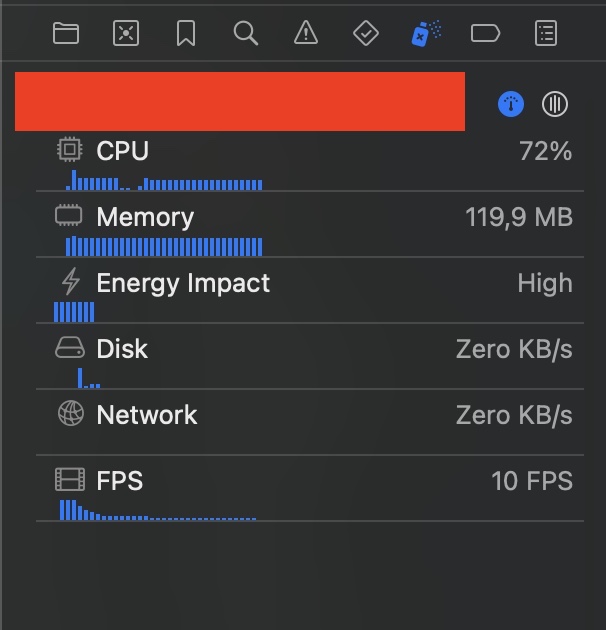Consider n → triangles count, for 360 triangles:
GL_TRIANGLE_FAN= n + 2 = 360 + 2 = 362 verticesGL_TRIANGLES= 3 n = 3 360 = 1080 vertices
It is interesting that even though it requires more vertices to compute, you have found a way to optimize the code, by using indexed GL_TRIANGLES.
Do you think that the extra amount of memory allocated could be causing a small drop in performance on some platforms, or could it have to do with something else?
Maintainer merge checklist
Component: xxxlabel.api-deprecationorapi-breaklabel.release-highlightlabel to be highlighted in release notes.versionadded,versionchangedas needed.After adding
ANGLEsupport for iOS, I noticed a small performance boost on some sides, but I was also starting to be affected by a huge performance drop when drawing complex UIs (so I noticed it only after the actual merge).It wasn't clear initially what the actual issue was, as in a complex UI a lot of things happen, and none of the simple reproducible examples I created showed such a huge performance drop.
The nice thing is that the whole process made me aware of the potential improvements we can make in the future (See: #8664 )
But, finally, we found the root cause for this performance drop, and it's related to usage of
GL_TRIANGLE_FAN.GL_TRIANGLE_FANprimitive is used by Kivy graphics byEllipseandRoundedRectangleobjects.Unfortunately, when it comes to
MetalorDirectX>=10, triangle fans are not natively supported, and in the case ofANGLEthis missing primitive is emulated and therefore is incredibly slow (at least on iOS) (See: https://bugs.webkit.org/show_bug.cgi?id=237533)This PR switches from
GL_TRIANGLE_FANto indexedGL_TRIANGLESfor drawing ellipses. The changes are kept intentionally minimal to follow an incremental path, but the whole code can be improved to increase efficiency. (Again, as an example see: #8664 )An additional PR will take care of
RoundedRectangle, even if here the performance drop seems to be less visibile.Indexed
GL_TRIANGLESare on an OpenGL side, as much as fast as aGL_TRIANGLE_FAN, but the need of allocating (improvable, as we need to allocate it only when segments orangle_start/angle_endare changed) more memory for the index, can make it slightly slower on certain platforms.The following example has been used to stress the
Ellipsedrawing:GL_TRIANGLE_FANGL_TRIANGLES(indexed)As we can see, the change is not only beneficial to platforms backed by ANGLE, but also on Android and Windows which still rely on OpenGLES / OpenGL.
On Ubuntu, at least on my configuration,
GL_TRIANGLE_FANis slightly faster, but I'm quite sure that with additional optimizations (See above), we can reach even better fps.Some screenshots and videos:
iOS before:
https://github.com/kivy/kivy/assets/8177736/175ea4f7-b0ec-4fd6-814f-31ad77ba726b
iOS after::
https://github.com/kivy/kivy/assets/8177736/29306cb6-c146-4f83-ab02-b7188278eb73